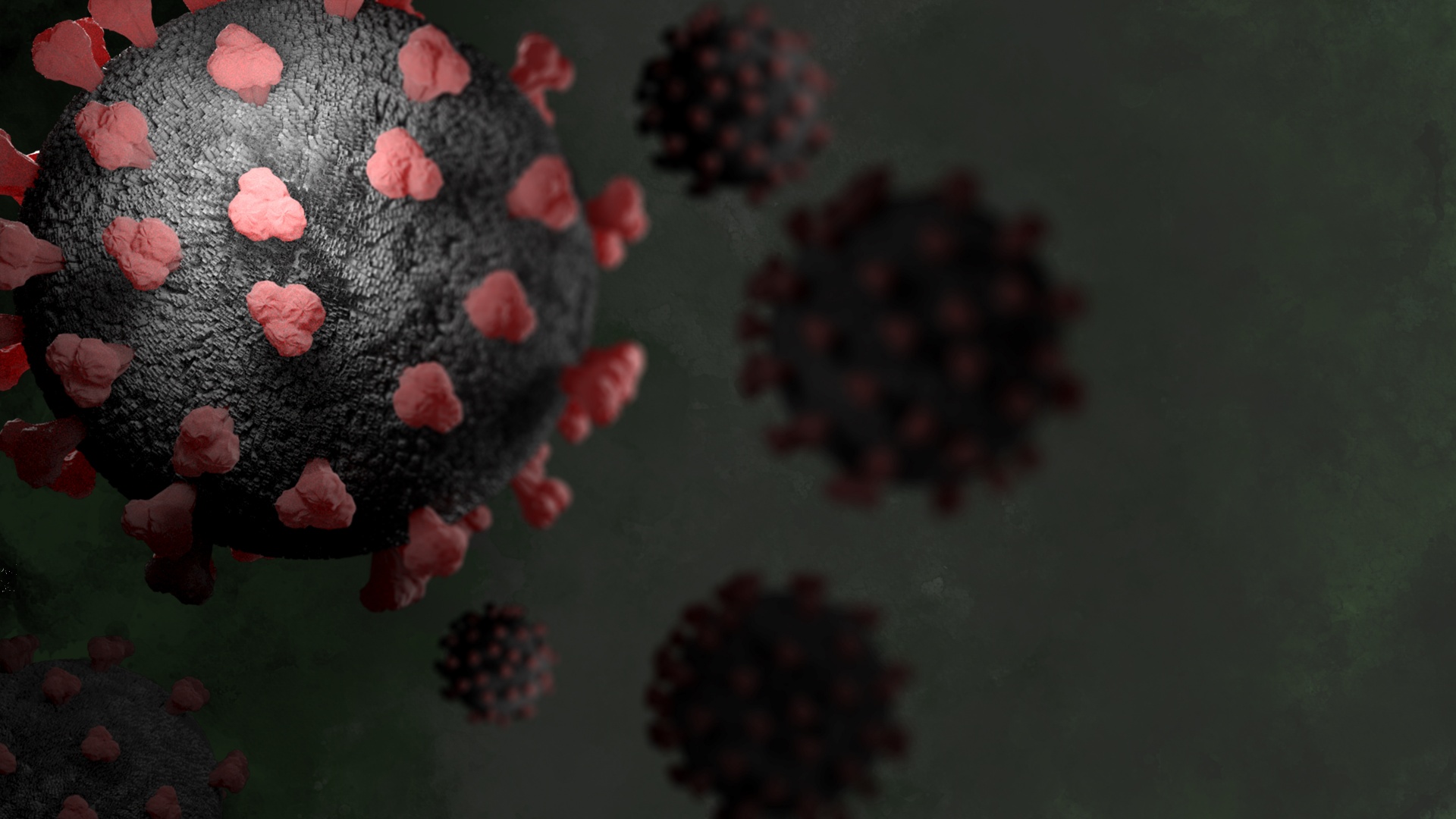Media release
From:
Persistent cross-species SARS-CoV-2 variant infectivity predicted via comparative molecular dynamics simulation
The ability of SARS-CoV-2 virus to continue move between human and other mammal populations has been sporadically documented, but not systematically analyzed. Wet lab experiments along these lines would be potentially dangerous, however computer-based simulations of viral-host protein binding interactions can be safely studied to infer cross-species infectivity. Here, we explore whether the evolving human variants of concern arising during the pandemic can easily re-infect the bats from which they originally came. We demonstrate that while some viral specificity to humans has evolved, potential cross-mammalian infectivity has persisted more than 3 years after the original spillover from bats to humans.



 International
International



